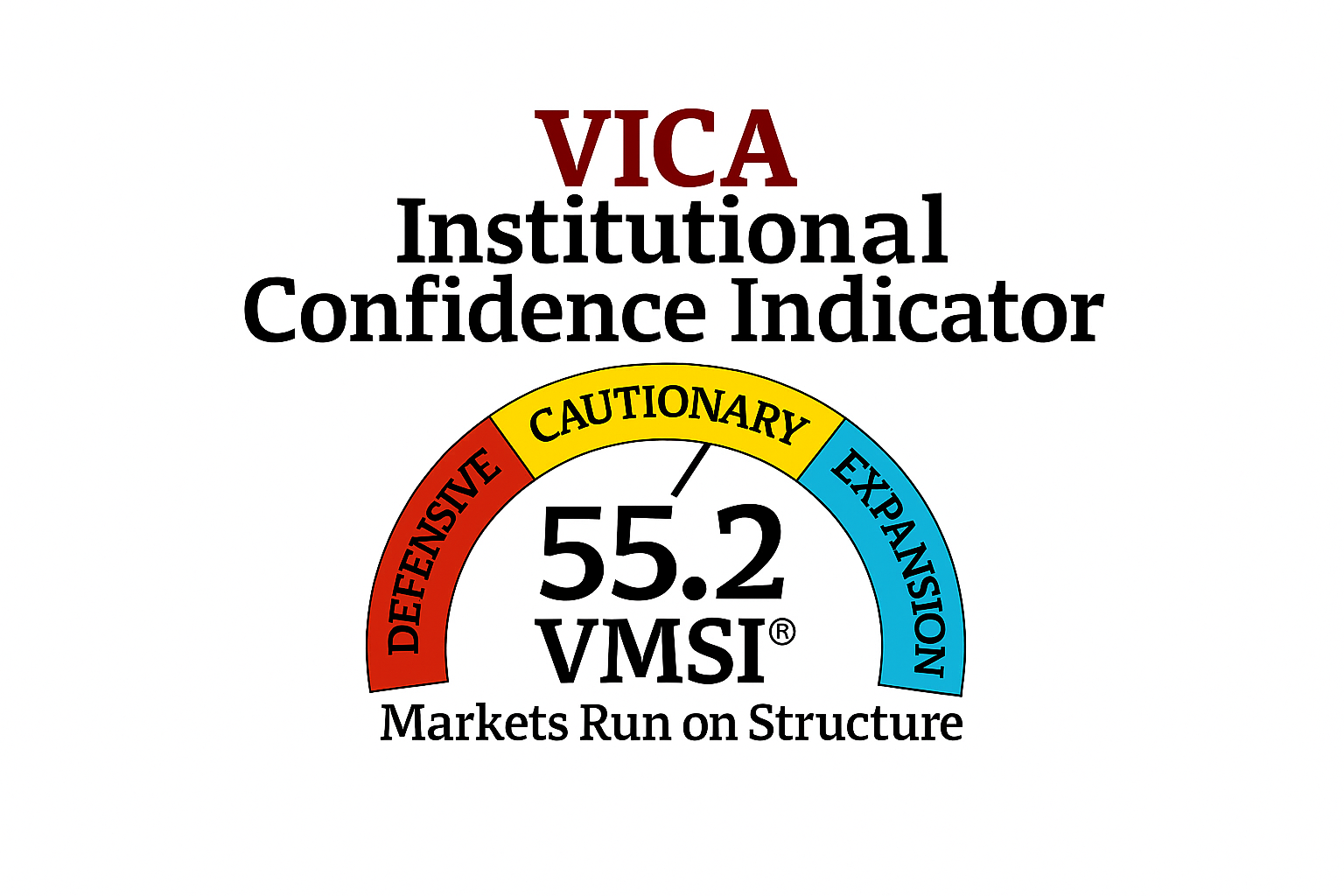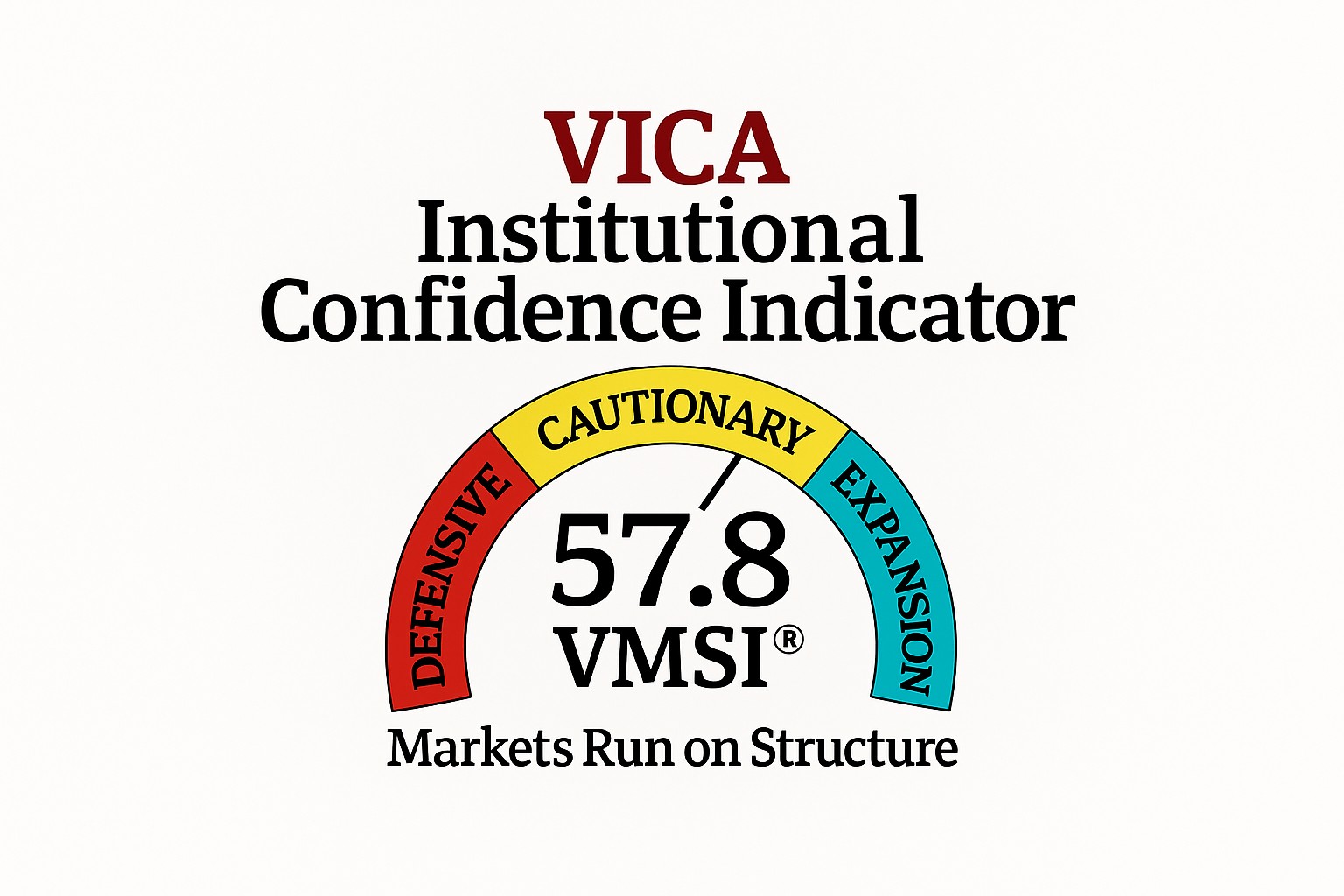Stay Informed and Stay Ahead: Guidance, August 3rd, 2024
Strategic Investment Adjustments and Historical Market Trends
In volatile markets, investors often over-rely on news, media, and earnings reports, or solely depend on advisors. This article offers practical advice to help all types of investors navigate these uncertainties with sound strategies executed at the strategic level with high-level fund managers to secure and grow capital effectively.
Key Takeaways
Long-Duration Bonds: Focus on long-duration bonds, which benefit from rate cuts due to their inverse relationship with interest rates. Historically, a 1% rate cut can increase long-duration bond prices by 10-15%. As the Fed eases rates, their value rises since fixed payments become more attractive compared to new, lower-rate bonds.
Nasdaq/Tech and Growth Industries: Stay the course with Nasdaq/Tech for long-term growth in semiconductors, aiming for a CAGR of 12-15%. Top CAGR growth industries include Technology (10-15%), Healthcare (8-12%), Renewable Energy (8-12%), E-commerce (10-15%), Fintech (9-13%), AI and Machine Learning (12-20%), and Cybersecurity (11-14%).
Diversification: Diversify with Russell 2000 (small-cap) ETFs, which have historically returned about 8-10% annually, and bank index ETFs, which typically return around 6-8%, to manage risk. Real estate sectors, benefiting from lower rates, can add stability with average returns of 8-10%.
Election Year Trends: Historically, election years bolster market growth due to heightened fiscal stimulus and increased investor optimism, with the S&P 500 averaging returns of about 6-7%. In the past 50 years, 78% of election years have seen positive market performance, driven by increased government spending and economic policy proposals.
Illustrating ETF TLT in Relation to the Fed Funds Rate
The iShares 20+ Year Treasury Bond ETF (TLT) tracks long-duration U.S. Treasury bonds. Its performance is closely tied to changes in the Fed Funds Rate due to its sensitivity to interest rate fluctuations.
Relationship Overview:
- Inverse Relationship: TLT generally exhibits an inverse relationship with the Fed Funds Rate. When the Fed raises rates, long-term bond prices, including those in TLT, typically fall because new bonds are issued with higher yields, making existing bonds with lower yields less attractive.
- Rate Cuts Impact: Conversely, when the Fed cuts rates, TLT tends to rise. Lower interest rates increase the value of existing bonds with higher fixed coupons since new bonds are issued at lower rates. Historically, a 1% rate cut can increase TLT’s price by approximately 10-15%.
Example:
- Fed Rate Increase: If the Fed raises the rate by 0.5%, TLT might experience a price decline of about 5-7%, reflecting the decreased attractiveness of its fixed payments.
- Fed Rate Cut: If the Fed lowers the rate by 0.5%, TLT might see a price increase of about 5-7%, as the fixed payments become more appealing compared to new, lower-rate bonds.
Summary: Understanding this relationship helps investors gauge TLT’s potential performance based on anticipated changes in the Fed Funds Rate.
Nasdaq/Tech and Growth Industries
Nasdaq/Tech:
- Focus: Investing in Nasdaq/Tech targets high-growth technology companies, including major players in semiconductors, software, and innovative tech sectors.
- Performance: The Nasdaq-100 Index, which includes many tech stocks, has historically shown strong performance, with a Compound Annual Growth Rate (CAGR) of 12-15% over the past decade.
- Volatility: Tech stocks are known for their volatility but offer substantial long-term growth potential.
Growth Industries:
- Sectors: Key growth industries include Technology (10-15% CAGR), Healthcare (8-12% CAGR), Renewable Energy (8-12% CAGR), E-commerce (10-15% CAGR), Fintech (9-13% CAGR), AI and Machine Learning (12-20% CAGR), and Cybersecurity (11-14% CAGR).
- Investment Strategy: Allocating investments across these high-growth sectors can diversify risk and capitalize on emerging trends.
- Examples: Investing in sectors like AI and Machine Learning offers the highest growth potential, with expected CAGRs of 12-20%, while Technology and E-commerce provide strong but slightly lower growth.
Summary: Investing in Nasdaq/Tech focuses on high-growth technology companies with significant long-term potential, while diversifying into growth industries spreads risk across rapidly expanding sectors, each with its own promising growth trajectory.
Diversification: Strategic Investment Approaches
Russell 2000 (Small-Cap) ETFs:
- Historical Performance: The Russell 2000 index, which represents the small-cap segment of the U.S. equity market, has historically returned about 8-10% annually. This index includes companies with lower market capitalizations, which often exhibit higher growth potential compared to larger companies.
- Risk Management: Investing in small-cap ETFs provides exposure to emerging and rapidly growing companies. However, these investments also come with higher volatility. The Russell 2000 helps balance this risk through diversification across various sectors and companies.
Bank Index ETFs:
- Historical Returns: Bank index ETFs, which track the performance of major financial institutions, have typically returned around 6-8% annually. These ETFs provide exposure to the banking sector, which is fundamental to the economy and tend to perform better when interest rates rise. Diversifying with bank index ETFs for the long term can mitigate risks, providing a steady income through dividends and growth.
- Risk Considerations: While banks can offer stable returns, they are also sensitive to economic cycles and regulatory changes.
Real Estate Sectors:
- Benefits of Lower Rates: Real estate investments, particularly through Real Estate Investment Trusts (REITs), benefit from lower interest rates, which reduce borrowing costs and increase property values. Historically, real estate sectors have provided average returns of 8-10%, offering a stable income through rental yields and capital appreciation.
- Stability: Real estate is often considered a more stable investment compared to equities, providing a hedge against inflation and adding a layer of security to an investment portfolio.
Summary: Diversifying your investment portfolio across these three sectors—small-cap companies via Russell 2000 ETFs, financial institutions through bank index ETFs, and real estate—can manage risk and provide balanced growth. Small-caps offer high growth potential, bank ETFs add steady financial sector exposure, and real estate provides stability and income, especially in a low-interest-rate environment. This diversified approach can help investors navigate market volatility and achieve long-term capital growth.
Election Year Trends: Market Growth and Performance
Historical Market Growth:
- Performance Data: Historically, election years have bolstered market growth, with the S&P 500 averaging returns of about 6-7%. This trend is driven by increased fiscal stimulus and investor optimism during election periods. Government spending often rises as candidates and incumbents push for policies that can stimulate economic activity, aiming to win voter support.
- Positive Market Performance: Over the past 50 years, 78% of election years have seen positive market performance. This statistic reflects a broad-based confidence among investors, who typically anticipate favorable economic conditions and stability during and following election cycles.
Factors Contributing to Growth:
- Fiscal Stimulus: Election years often coincide with heightened fiscal stimulus as candidates propose and implement policies designed to boost economic growth. These measures can include increased government spending, tax cuts, and investment in infrastructure projects, all of which inject liquidity into the market and stimulate demand.
- Economic Policy Proposals: The anticipation of new or continued economic policies can drive investor optimism. Policies that promise deregulation, tax reforms, and other business-friendly measures tend to create a favorable environment for corporate growth and profitability, encouraging market participants to increase their investments.
- Government Spending: Increased government spending during election years is a common strategy to address public needs and gain voter approval. This spending supports various sectors, leading to a ripple effect of economic benefits that can boost overall market performance.
Summary: Investing during election years can be beneficial due to the historical trend of market growth driven by fiscal stimulus and investor optimism. With the S&P 500 averaging returns of 6-7% during these periods, and 78% of election years in the past half-century witnessing positive market performance, strategic investments can leverage the economic uplift typically associated with election cycles. This trend underscores the importance of considering political cycles as part of a diversified investment strategy, helping investors navigate market dynamics and capitalize on growth opportunities.
Conclusion
Navigating volatile markets requires a strategic approach. By focusing on long-duration bonds, investing in Nasdaq/Tech and growth industries, diversifying across various sectors, and understanding election year trends, investors can effectively secure and grow their capital. Stay informed, stay ahead, and use these strategies to make informed investment decisions.




